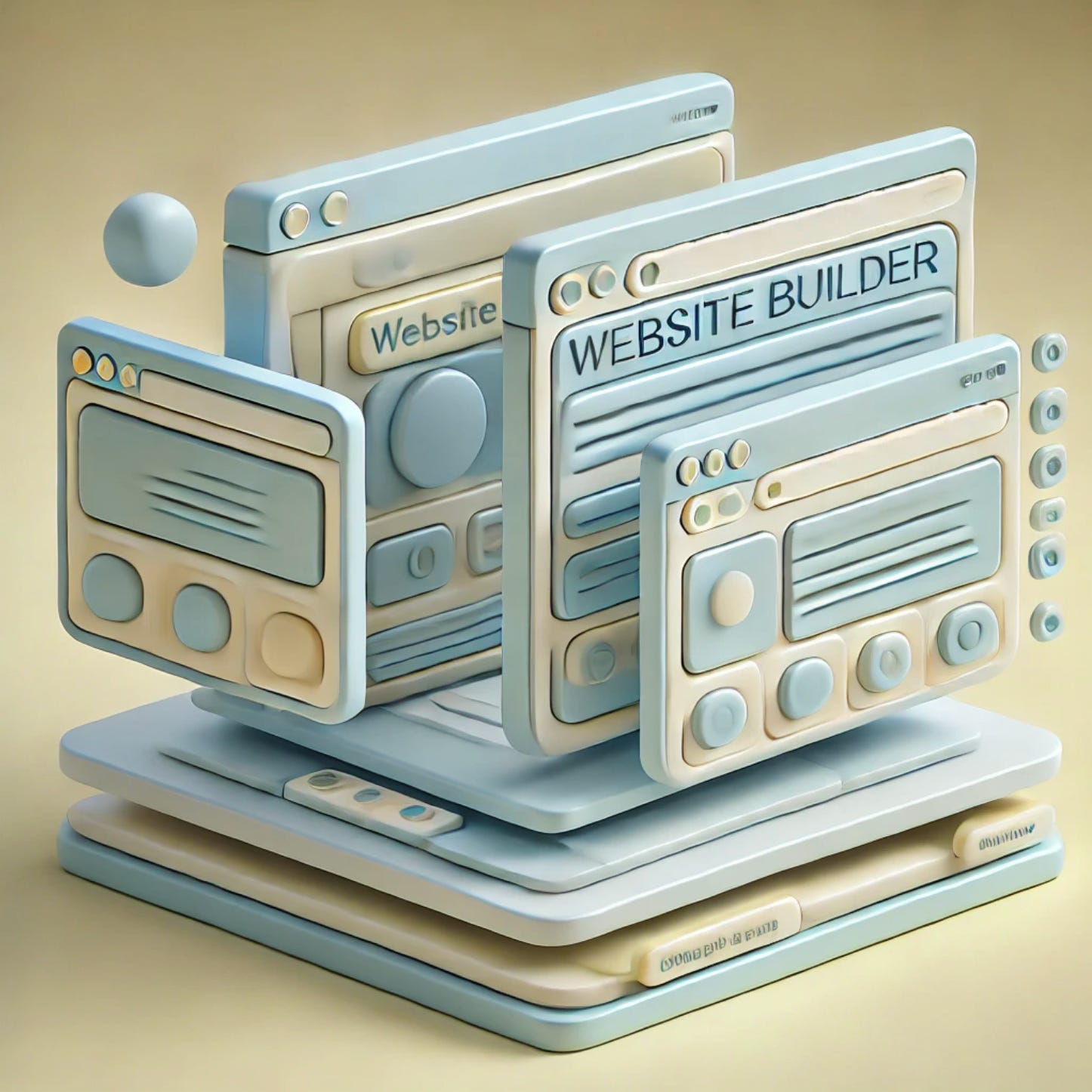Midnight Thoughts: Generative design
The dynamic, adaptable and flexible future of the web
Since ‘AI’ emerged onto the scene, the web feels like a very different place. For the design industry it’s brought a lot of uncertainty, but also an incredible opportunity for fresh ways of thinking about creativity. At Midnight, we think one new exciting application of the technology that will begin to emerge is generative UI (gen UI) design.
Guillermo Rauch, Founder of Vercel, believes that “the future of the Internet is generative and personalised to the individual.”
In the ever-evolving digital landscape of web design, ‘AI’ and generative design present opportunities to create user interfaces that are not only innovative but also dynamically adapt to a person's needs.

The rise of ‘AI’ in design is fostering a more collaborative process between humans and their machines, that we discussed in our last Midnight Snack. Designers are no longer solely responsible for creating every aspect of a UI from scratch. Instead, they can focus on the higher-level creative decisions, while ‘AI’ handles the repetitive and time-consuming tasks. This collaboration leads to more efficient workflows and allows designers more time to experiment with ideas. However this conversation isn’t new and doesn’t portray a great image of what the relationship could be, as a collaboration isn’t truly mutual if one contributor is always doing the lesser-preferred tasks.
Generative design develops the relationship a step further by facilitating ‘AI’ to create design elements and components autonomously, producing numerous design variations based on predefined criteria. This approach provides more agency to the ‘AI’ in the collaboration, accepting its own form of creativity alongside and in response to the human’s. Allowing designers to explore a vast array of possibilities provided by the machine, in a fraction of the time it would take manually. A more mutual human-machine collaboration, where ‘AI’ gets to own the fun too, becoming creator while human becomes curator.

One of the most significant advantages of integrating ‘AI’ into UI and web development is its ability to enhance modularity, personalisation, and flexibility. In this, gen UI represents the future of web and interface design. It harnesses the power of ‘AI’ to automatically create web components based on inputs, data patterns, and predefined design rules. This means real-time adaptability and personalised experience, creating elements of an interface that are unique to each person's needs.
This could enable a different website homepage based on peoples’ preferences and abilities. The article suggestions on a news website could be personalised, relevant products or services might be highlighted based on the visitor's industry, browsing history, or geographic location, or somebody may be able to prompt a website for more information and those responses then appear in-line on the web page as designed elements.

Any website could be translated into local languages, or the UI configured for different accessibility needs. This approach enables more dynamic, flexible, and scalable designs, reducing development time while enhancing a person’s web experience.
‘AI’ and generative design are revolutionising the way we approach UI design and web development. By offering unprecedented levels of flexibility, efficiency, and personalisation, these technologies are not just tools but partners in the creative process, pushing the boundaries of what is possible in modern web design.
Throughout this piece, we write ‘AI’ as we believe that new language is needed to describe what the term artificial intelligence represents, as it certainly isn’t artificial and it isn’t necessarily intelligent in the way we typically perceive intelligence.
Words by Jonathan Fagan, Co-founder of Midnight
Edited by Kes Inkersole




